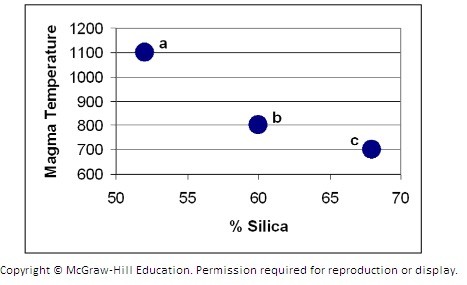What are the three types of geostrophic currents? What are their characteristics? Give at least one example of each type of current.
What will be an ideal response?
ANS:Answer
should include:
? Western boundary currents are those that move warm water towards the pole. They are
narrow currents with relatively defined boundaries. They are deep and move fast. There
are 5 large western boundary currents, the Gulf Stream being the largest.
? Western boundary currents tend to be depleted of nutrients and have little or no
upwelling events associated with them. This makes them relatively biologically
unproductive.
? Eddies are commonly found in western boundary currents as well.
? Eastern boundary currents carry cold water towards the equator. They are shallow and
broad with ill defined boundaries. These currents are slow moving.
? Although eddies tend not to form in eastern boundary currents like eastern boundary
currents, there is coastal upwelling commonly associated with them.
? Transverse currents travel from east to west or vice versa. They are vital in connecting
eastern and western boundary currents. These are a result from trade winds. The
Antarctic Circumpolar Current is the transverse current which is the also largest of all
ocean currents.
? Mid-latitude, eastern flowing currents are wider and flow slower compared to equatorial
transverse currents. This is due to the influence of trade winds.
You might also like to view...
Use the graph below to answer this question. One point represents basalt, one andesite and one rhyolite. Which point on the graph represents the type of magma that would cause the most violent eruption?
Which point on the graph represents the type of magma that would cause the most violent eruption?
A. Point a B. Point b C. Point c
Subsidence of organic sediments occurs by:
a. flooding and saturation b. compaction of the soils beneath the organic sediments c. compression of the materials by newly deposited sediments d. drainage and oxidation
In a mid-latitude cyclone, when upper-level divergence of air above a surface low pressure area is stronger than the convergence of surface air (more air is taken out at the top than is brought in at the bottom), the surface pressure will ____________________ and the storm itself will ____________________
Fill in the blank with correct word.
Which is not a sustainable building rating system?
A) Green Global Systems B) HEPA C) Energy Star D) BREEAM E) LEED